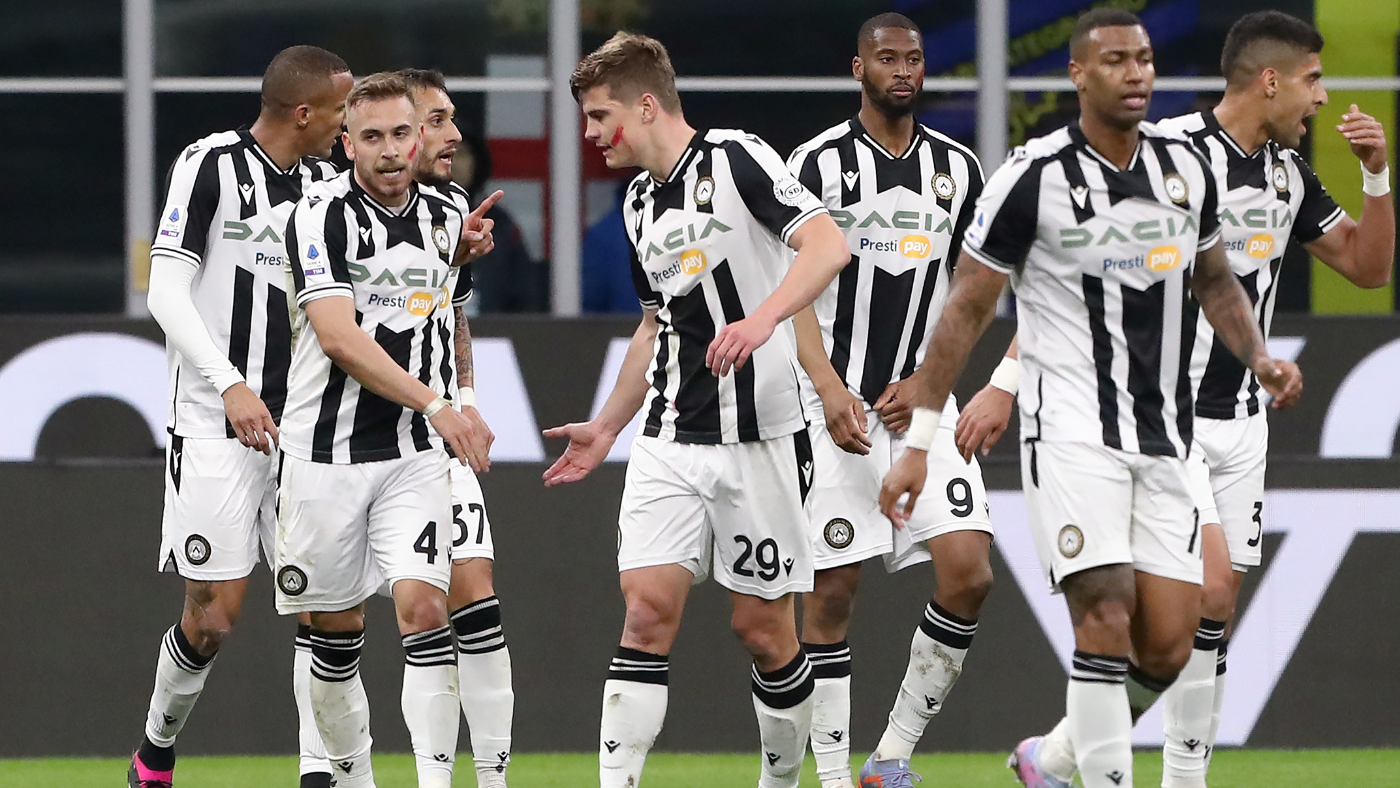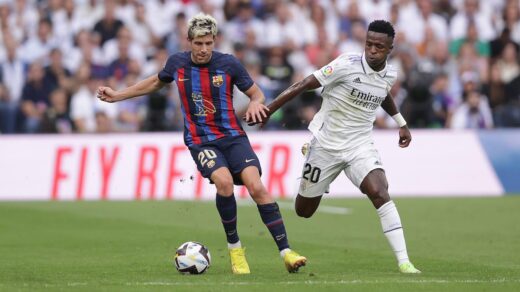
Udinese are one of the most innovative clubs around Europe. Since Italian businessman Giampaolo Pozzo took over the club back in 1986, the team based in a small town in north-eastern Italy close to the Austrian and Slovenian borders, has worked to change the industry. In the past they’ve done it through their innovative scouting system and the creation of a multi-clubs ownership model. Now they have another ambitious mission, to become an eco-sustainable club and set an example for others.
Udinese’s way of working with their players is clear. First, discover new talents around the world, then make them better soccer players on and off the pitch and potentially sell them in the future. Their scouting system was always considered one of the most innovative even before technology helped the clubs to discover new talents on almost every continent, and the technological revolution didn’t change that as Udinese were able to keep their reputation even after some major changes in how things were done. Last week, Italy’s National Team head coach Roberto Mancini said that he considers Udinese’s talent Simone Pafundi at the center of his project despite his young age (he was born in 2006) and this is just the last example of how this clubs is working well with young talents.
On top of that, Udinese are widely considered as a model for other clubs around Europe. In 2009, Giampaolo Pozzo decided to expand outside Italy and bought Spanish club Granada, turning Udinese into a network and launching a business model where several clubs could be managed simultaneously. In 2012 Pozzo expanded once again and purchased English side Watford, making it a three-clubs ownership model. That multi-club model that has been recently replicated by others such as the City Football Group or the Red Bull group. Chelsea’s owner Todd Boehly recently announced he’s currently looking at that model in the imminent future as well.
But what made Udinese a special club in Italy is definitely their stadium, unveiled in 2016. The Dacia Arena is a jewel of innovation, architecture and sustainability. In 2023 the club has been recognized for its sustainability, with its ESG rating placing it first in Italy and fourth in Europe. It’s a tremendous achievement, especially because Udinese are only the second Italian club to own their stadium at the highest level, after Juventus. Their pitch has been named also for the ‘Most Valuable Field’ of the 2021-22 season thanks also to the work and the connections the club has with Watford.
Off the pitch, Udinese as a clear mission: the Italian club wants to set an example when it comes to eco-sustainability and innovation in soccer. CBS Sports sat down with Magda Pozzo, the club’s Strateging Marketing Director, to speak about this innovative mission and what this actually means for a soccer club. “I strongly believe that soccer must be used as a vehicle for meaningful messages, such as the eco-sustainability. Four years ago when we put eco-sustainability at the heart of our project, we called our main partners such as Macron (Apparel Supplier), Dacia (Stadium Naming Rights) and Bluenergy (Energy Partner) to work together in this direction. With Macron we created the first completely recycled match jersey, and it became an example also for the other teams that have Macron as jersey’s partner. In this, Udinese have been a model to follow and we’re proud of that”.
In June 2021 Udinese joined the United Nations “Sports for Climate Action” programme, becoming one of the first Italian and European clubs to sign up to the initiative. In doing so it committed itself to following the guidelines set out in the project and achieving the target reductions of CO2 emissions in order to curb climate change. All of the club’s partners are fully on board with Udinese’s environmental drive. Udinese’s commitment to minimising their carbon footprint has been a long-term endeavour. Their partnership with Bluenergy sees Dacia Arena supplied exclusively with energy coming from renewable sources or gas with carbon offsetting, making the stadium one of the first carbon-neutral venues in Europe.
Being an eco-sustainable club requires a clear mission also for the people working at Udinese, as Pozzo explained. “I think it is important to have a corporate mission also internally in our club. We have joined UN’s Sports for Climate Action Framework for this very reason, to try to get support and then develop our strategy. It’s also important that both UEFA and Serie A have also taken the step in this direction. It gives us some guidelines to follow, otherwise it becomes complicated to be alone in this difficult journey”.
Udinese works on a daily basis with the partners to make their mission happen. With sustainability in mind, Gianpaolo Pozzo decided to build a facility that is not only for sport but also capable of attracting people seven days a week. Including meeting centers, offices, bars, gyms and shops. Currently the sports facilities, club headquarters, external offices and meeting centers have all been completed. Work is soon to begin on completing the commercial area, which will provide a range of indoor and outdoor services for families focusing on leisure, health, well-being, sport and entertainment.
“We have the idea, hopefully soon, to organize like it happened already elsewhere the first eco-sustainable match with fans arriving by public transport, and the hospitality areas using only recycled materials. Our models are not in Italy, but in England or in the United States where the entertainment and real estate areas are as important as the sport itself”, Magda Pozzo says.
Udinese are the only second Italian club after Juventus to have their own stadium, while all the others are owned by the cities. This system explains why the infrastructure in Italy are old and why many clubs are still struggling to own their stadiums, like Inter and AC Milan for example. However, Udinese succeeded: why is it that difficult for Italian clubs to have their own venues?
Magda Pozzo breaks down for us the issues they’re also facing: “Italian bureaucracy, most importantly. We are experiencing it now for the extra-sports area we want to develop, we have been waiting for permits for seven years now. Things need to change, before it will be too late. Investors from the United States, for example, see soccer as an investment only if it’s combined with entertainment and real estate as well. We have to improve a lot and evolve, because without this, foreign investors won’t invest in Italian soccer anymore. The idea is to create business models based on everything and not just on sports results, this is what we do at Udinese.”



